January 5, 2025 | 00:36 GMT +7
January 5, 2025 | 00:36 GMT +7
Hotline: 0913.378.918
January 5, 2025 | 00:36 GMT +7
Hotline: 0913.378.918
however, it looks less like the Dems lost rural America and more like they are just lost in rural America.
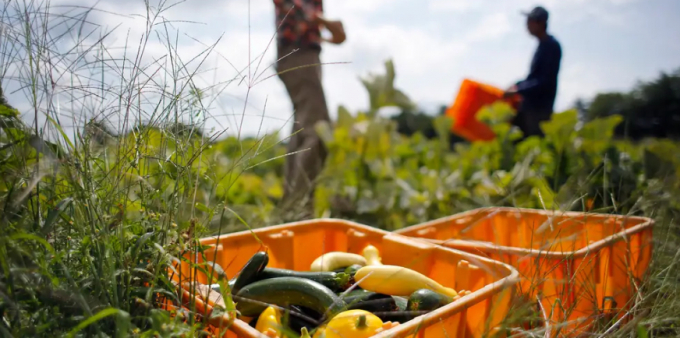
Over 200,000 temporary agricultural workers come to the United States each year. Photo: Derek Davis/Portland Portland Press Herald via Getty Images
For example, on April 28, the White House asked Congress for $33 billion to purchase more weapons of war and supply more “economic and humanitarian aid” to Ukraine. According to Politico, $500 million of the request is targeted at “American farmers… (to) help boost domestic production of wheat, soybeans, rice and other food commodities” lost to the global market when Russia invaded Ukraine.
There are several problems with this request, but two stand out. First, as described, $100 million of the new money “would go toward providing a $10-per-acre payment to farmers” who plant a soybean crop after a winter wheat crop in 2023.
If this is such a red hot idea – and a $10-an-acre subsidy is, at best, lukewarm – why wait a year? The 2021/22 winter wheat crop will be harvested in the coming months, leaving tens of millions of acres ready for double-crop soybeans this year.
Second, the Biden proposal offers “another $400 million [to] fund a two-year increase in loan rates for U.S. producers to encourage them to grow more select food commodities, including wheat, rice and oilseeds like soybeans, sunflowers and canola.”
It’s very unlikely, however, that higher loan rates will deliver more of these needed commodities – let alone in the time frame the White House says they will be needed – because that’s not how commodity loan rates work.
“Loan rates really give producers liquidity to hold on to a harvested crop until they market it. I don’t know if they encourage more production,” a senior Republican Senate aide (with kind deference to the White House) told Politico shortly after the Administration announcement. So, “I’m not sure how loan rates are going to be helpful.”
If the Biden request survives Congress – and already there’s talk of modifying the plan – both ideas might have a short shelf life. Even Joe Glauber, the chief economist at the United States Department of Agriculture under Secretary Tom Vilsack during the Obama Administration, is at a loss to explain Biden’s Big Ag ideas.
“‘I don’t think that this sort of intervention from the government makes any sense, other than to read it in a pure political sense…’” Glauber remarked shortly after the proposals were announced.
The same is true for the Biden Administration's other big April farm idea: expanding sales of E-15, gasoline with a 15 percent ethanol blend rather than the usual 10 percent, between June 1 and Sept. 12. The announcement, made in ethanol-loving Iowa, was touted as a way to lower nationwide gasoline prices by 10 cents per gallon.
That’s a big job for such a tiny hammer since less than 2 percent of all gasoline stations nationwide have E-15 pumps. Indeed, there’s little evidence that this relatively tiny boost in ethanol sales – if it materializes at all – will impact U.S. gasoline prices this summer.
Moreover, the Biden ethanol plan overlooks an authoritative March report from the National Academy of Sciences that “estimated that corn-based ethanol was at least 24 percent more carbon-intensive than gasoline when emissions from land-use changes… were included,” reported the New York Times April 12.
So, in fact, the Biden announcement of summer E-15 sales “‘...will actually work in the opposite direction of the administration’s climate goals rather than being a benefit,’ Jason Hill, a professor of bioproducts and biosystems engineering at the University of Minnesota,” told the Times.
If Land Grant University professors think government expansion of ethanol is a bad idea, it’s probably a really bad idea. But bad ideas rarely stop politicians from pandering and posturing to constituents – even if it's the wrong pandering and posturing.
So, pundits, stop wondering about rural Dems; they’re there. They just don’t know where “there” is anymore.
(Southbendtribune)
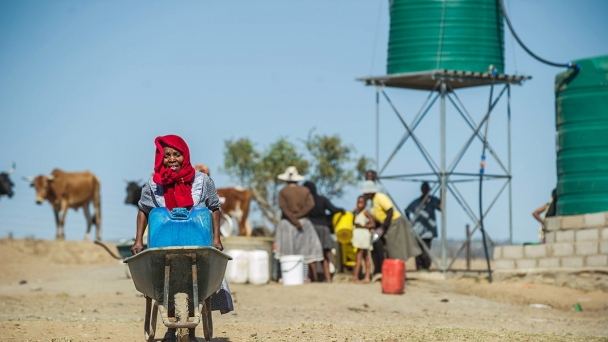
(VAN) A drought-hit province provides glimpses of the planet’s next phase.

(VAN) 40 per cent of the world's soil is already degraded, but the problem could get much worse.
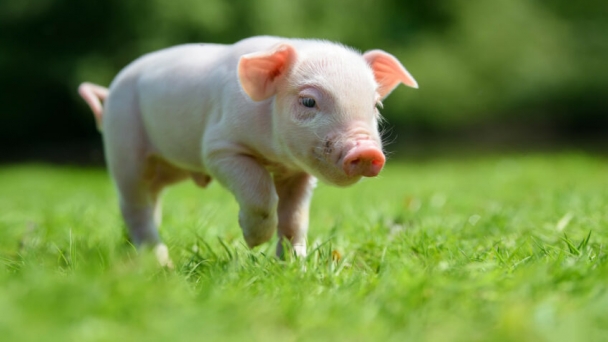
(VAN) In December 2024, the Regulation on Deforestation-Free Products (EUDR) is anticipated to take effect, aiming to reduce deforestation and forest degradation.

(VAN) The growing world population has increased the demand for poultry products and the intensity of the poultry production systems.
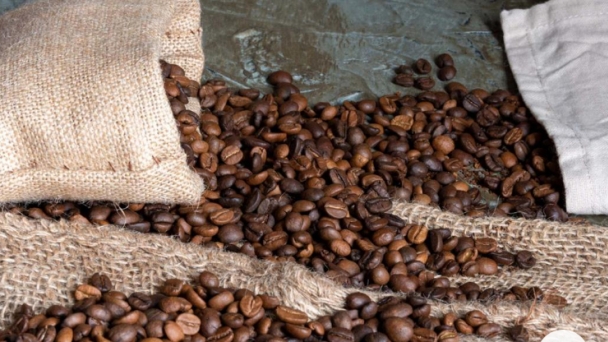
(VAN) The overheating of our planet is putting coffee bean crops at risk, and it's not just the people who rely on a morning caffeine boost who will be affected.
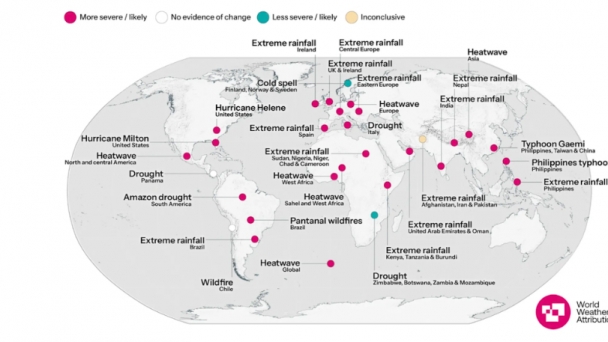
(VAN) 2024 will be the second straight 'hottest year' on record. But it wasn't supposed to be as hot as it was, coming in far ahead of 2023's alarming global temperature spike.
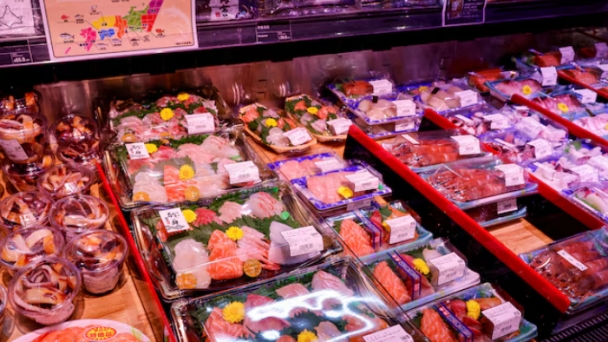
(VAN) Beijing imposed the ban last August after Tokyo began releasing treated radioactive water from the wrecked Fukushima nuclear plant despite Chinese opposition.